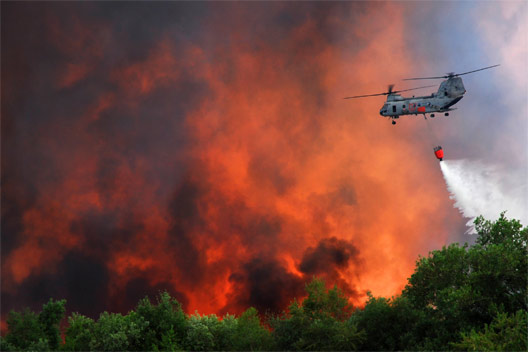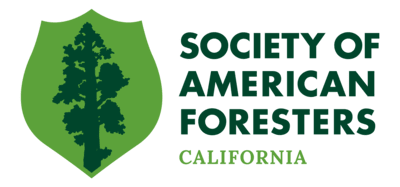SFGATE talked to J. Keith Gilless, the dean emeritus of UC Berkeley’s College of Natural Resources and chair of the California Board of Forestry and Fire Protection about what you need to know.
Why has the WUI recently become such a widely discussed topic?
“The losses of homes and other structures in the fires California has experienced over the last decade have drastically changed people’s perceptions of wildfire,” said Gilless.
“People are now thinking in terms of how fires affect communities to a much greater extent, whereas in the past, it was more of an environmental impact,” he continued. “We did have catastrophic fires, but the frequency of fires that have burned hundreds of homes has not been lost on the public. It makes us think: Are we living in a way that is consistent with the natural fires that characterize California?”
Though Gilless believes that the devastation caused by the wildfires is comparable to the catastrophic structure losses following the Loma Prieta earthquake in 1989, he said people are reacting with more urgency due to the sheer frequency of wildfires they’ve faced in recent years. That frequency, he added, is highly unusual.
“Normally, people are exposed in a significant way to some natural hazard that’s characteristic of where they live very few times over the course of a lifetime,” said Gilless. “Due to the recent wildfires in both Northern and Southern California, wildfire as a natural hazard has been brought to the consciousness of the public on a much more frequent basis than some other natural hazards, which are just as serious and should require just as organized of a social response.”
What’s the difference between “good” and “bad” fires — and why do I keep hearing about them?
Establishing a clear distinction between the two helps provide a more nuanced message to the public, said Gilless.
“The whole Smokey the Bear message seems to tell us that all fire is bad, which is not the case,” he added. “Fire is a part of our lives and will be a part of our lives, no matter what actions we take. We have to find a way to live with fire.”
Historically, the state’s attempts to suppress wildfires have led to higher rates of “fuel loading,” or the rate of fuel volume per acre where a fire is taking place. The higher it is, the more heat a fire will produce. Good fire, then, is fire that acts to reduce fuel loading and eliminate latter fuels. These fires also cause what Gilless calls “good mortality” because they create an environment that’s conducive to the needs of certain species of wildlife.
“It’s also patchier on the landscape in the sense that we don’t create homogenous forests,” he added. “Having the burn there that’s light enough and on a scale consistent with the inherent regenerative mechanisms of the forests makes a good fire.”
Conversely, bad fires not only create a vast area of high mortality, but damage wildlife habitats for several species.
“They create a landscape where the scale of the efforts that are necessary to restore it are not ones that our political process is used to dealing with,” he said. “The bigger the scale of the fire, the harder it is to say, ‘How will we deal with this in a timely fashion? What resources will be mobilized? Where will the financing for reforestation come from?’ You’ve got the spikes and the need for a social response that affects institutions and budget mechanisms.”
Referring to recent lightning complex fires, he added, “Part of the problem there is if you’re set up to attack fires in one county and are faced with hundreds of lightning strikes in that area, you might find you have to respond to more incidents than you have the resources to deal with in your usual fashion.”
To read the rest of the interview, go to the SFGate website at https://www.sfgate.com/california-wildfires/article/Berkeley-expert-wildland-urban-interface-wildfires-15520238.php
Dr. Keith Gillis Interviewed Regarding the Wildland-Urban Interface and Fire

